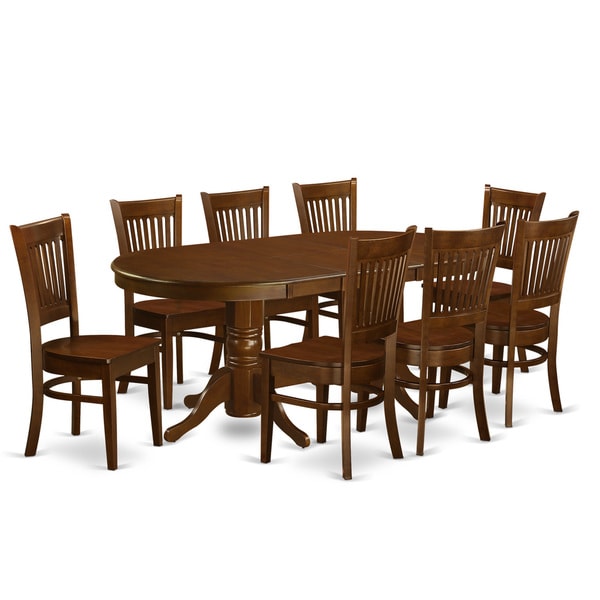
This Picture was ranked 30 by Bing.com for keyword 13 Piece Dining Room Set, You will find this result at BING.COM.
IMAGE Deep Information FOR This elegant 13 piece double pedestal dining room set is as beautiful 's IMAGE| TITLE: | This elegant 13 piece double pedestal dining room set is as beautiful |
| IMAGE URL: | https://s-media-cache-ak0.pinimg.com/564x/eb/bc/a7/ebbca72bed86a13fd5d97fcc8acda24f.jpg |
| THUMBNAIL: | https://tse2.mm.bing.net/th?id=OIP.gC9FeGr1ke3JdrYIPW41QwEsDH&pid=Api&w=270&h=181 |
| IMAGE SIZE: | 42895 B Bs |
| IMAGE WIDTH: | 564 |
| IMAGE HEIGHT: | 375 |
| DOCUMENT ID: | OIP.gC9FeGr1ke3JdrYIPW41QwEsDH |
| MEDIA ID: | 2D8681B4B2CB2A852A28AD66CFB3C3ADBE13A778 |
| SOURCE DOMAIN: | pinterest.com |
| SOURCE URL: | https://www.pinterest.com/pin/472948398342029874/ |
| THUMBNAIL WIDTH: | 270 |
| THUMBNAIL HEIGHT: | 181 |
Related Images with This elegant 13 piece double pedestal dining room set is as beautiful
with Urbandale Counter Height Dining Room Set D193 13 Ch Dr Set
Piece Extension Dining Room Set in Warm Brown traditionaldiningsets
piece Dining Room Set for 8 Dining Table with a Leaf and 8 Dining Room

870: 13PIECE JACOBEAN REVIVAL DINING ROOM SET CARVED : Lot 870

A dining room is a room for expending meat. In modern times you typically adjacent to the kitchen for convenience in serving, although in medieval hours it was often on an entirely different flooring degree. Historically the dining room is furnished with a rather large dining table and a number of dining chairs; the most common shape is generally rectangular with two armed terminate chairs and an even number of un-armed side chairs along the long backs .
History
In the Middle Ages, upper class Britons and other European aristocracy in palaces or large manor house dined in the largest vestibule. This was a large multi-function chamber capable of seating the bulk of the population of the house. The household would sit at the head table on a grown dais, with the rest of specific populations arrayed in order of lessening grade away from them. Tables in the great auditorium would tend to be long trestle tables with terraces. The sheer number of people in a Great Hall necessitate it would probably have had a busy, bustling atmosphere. Propositions that it would also have been quite smelly and smoky are probably, by the standards of the time, unfounded. These chambers had huge chimneys and high-pitched ceilings and there would have been a free flowing of air through the numerous doorway and window openings .
It is no doubt that the owners of such belongings began to develop a taste for most intimate gatherings in smaller' parlers' or' privee parlers' off the primary hall but this is thought to be due just as much to political and social changes as to the greater comfort afforded by such rooms. In the first instance, the Black Death that ravaged Europe in the 14 th Century induced a shortage of labor and this had led to a outage in the feudal system. Also the religion abuses following the dissolution of the monasteries under Henry VIII built it unwise to talk freely in front of large numbers of people .
Over time, the grandeur took more of their dinners in the parlour, and the parlor became, functionally, a dining room( or was split into two detached chambers ). It also moved farther from the Great Hall, often accessed via grand ceremonial staircases from the dais in the Great Hall. Eventually dining in the Great Hall became something that was done mainly on special moments .
Toward the beginning of the 18 th Century, a structure emerged where the ladies of the house would recede after dinner from the dining room to the drawing room. The gentlemen would remain in the dining room having alcohols. The dining room tended to take on a more masculine tenor as a result .
Comments
Post a Comment